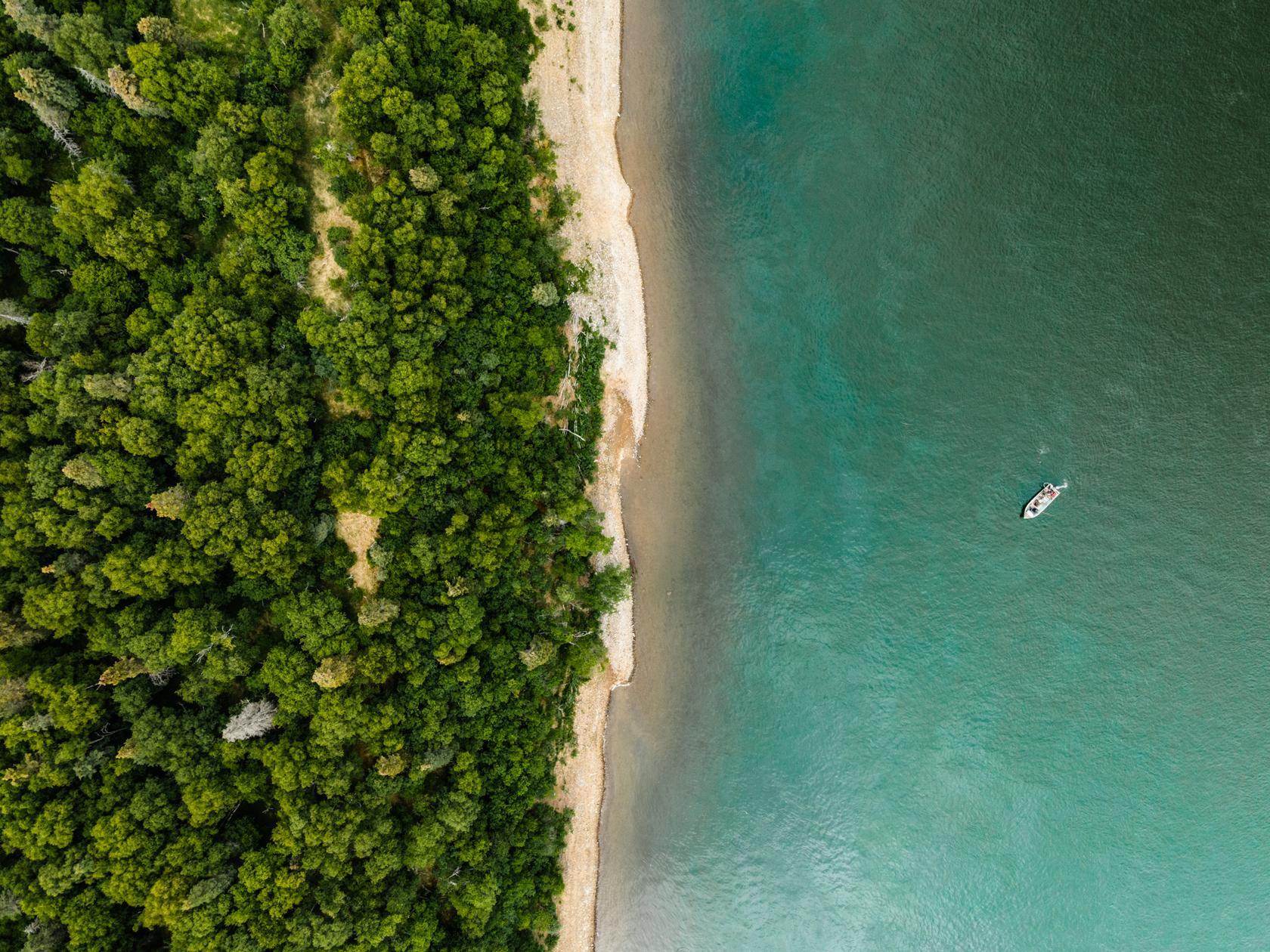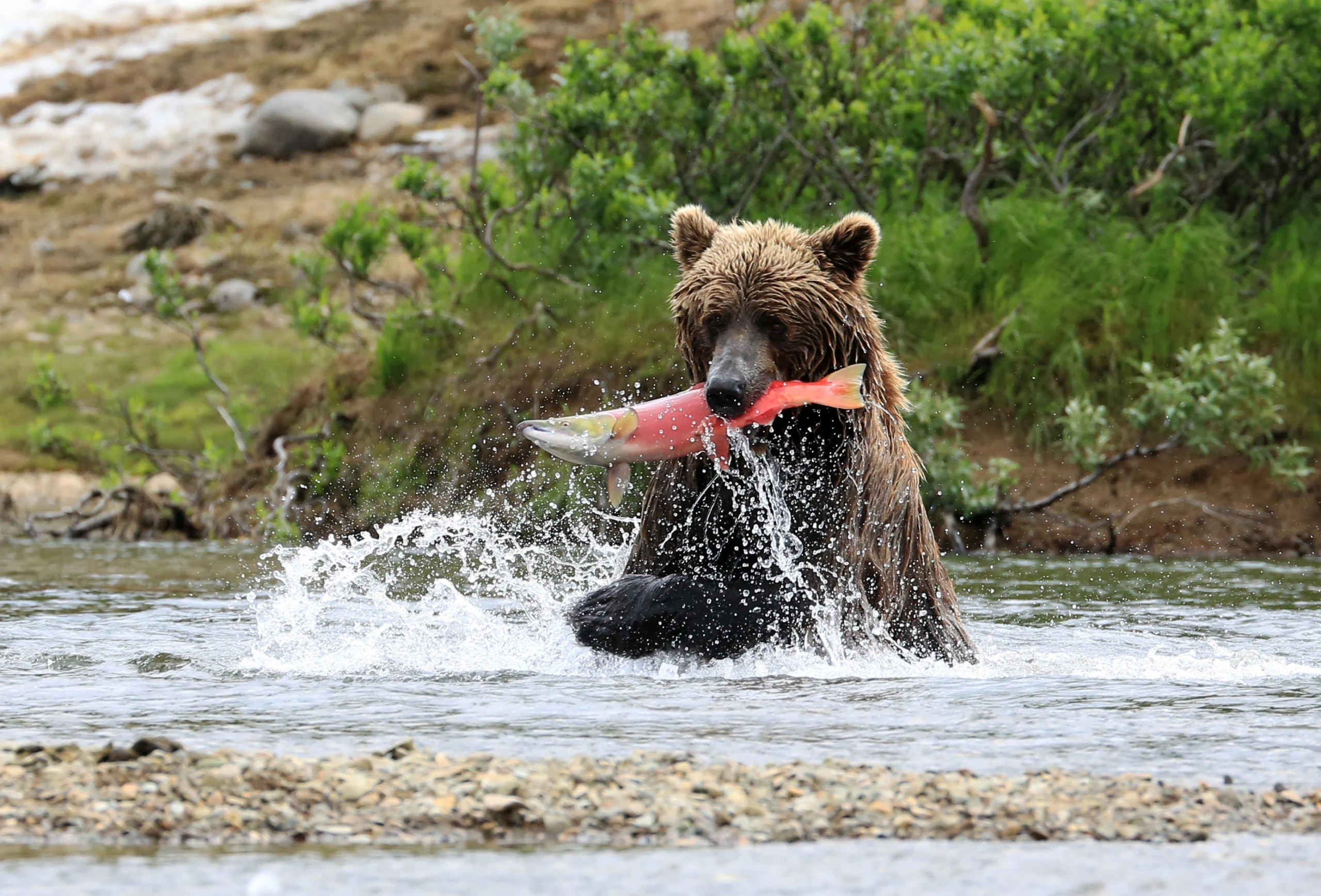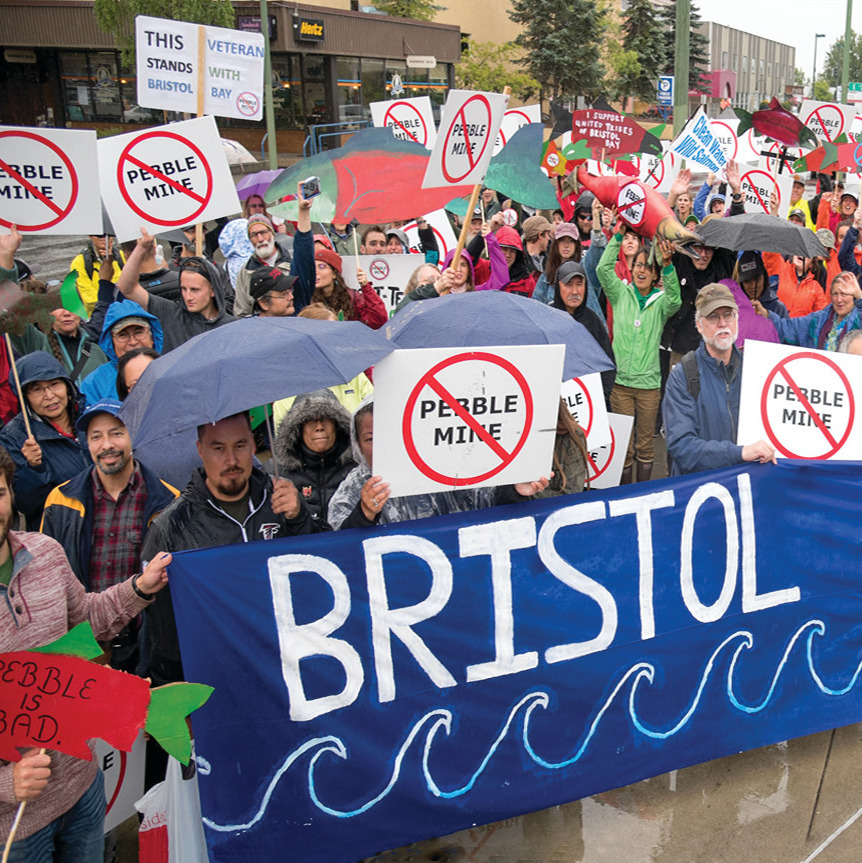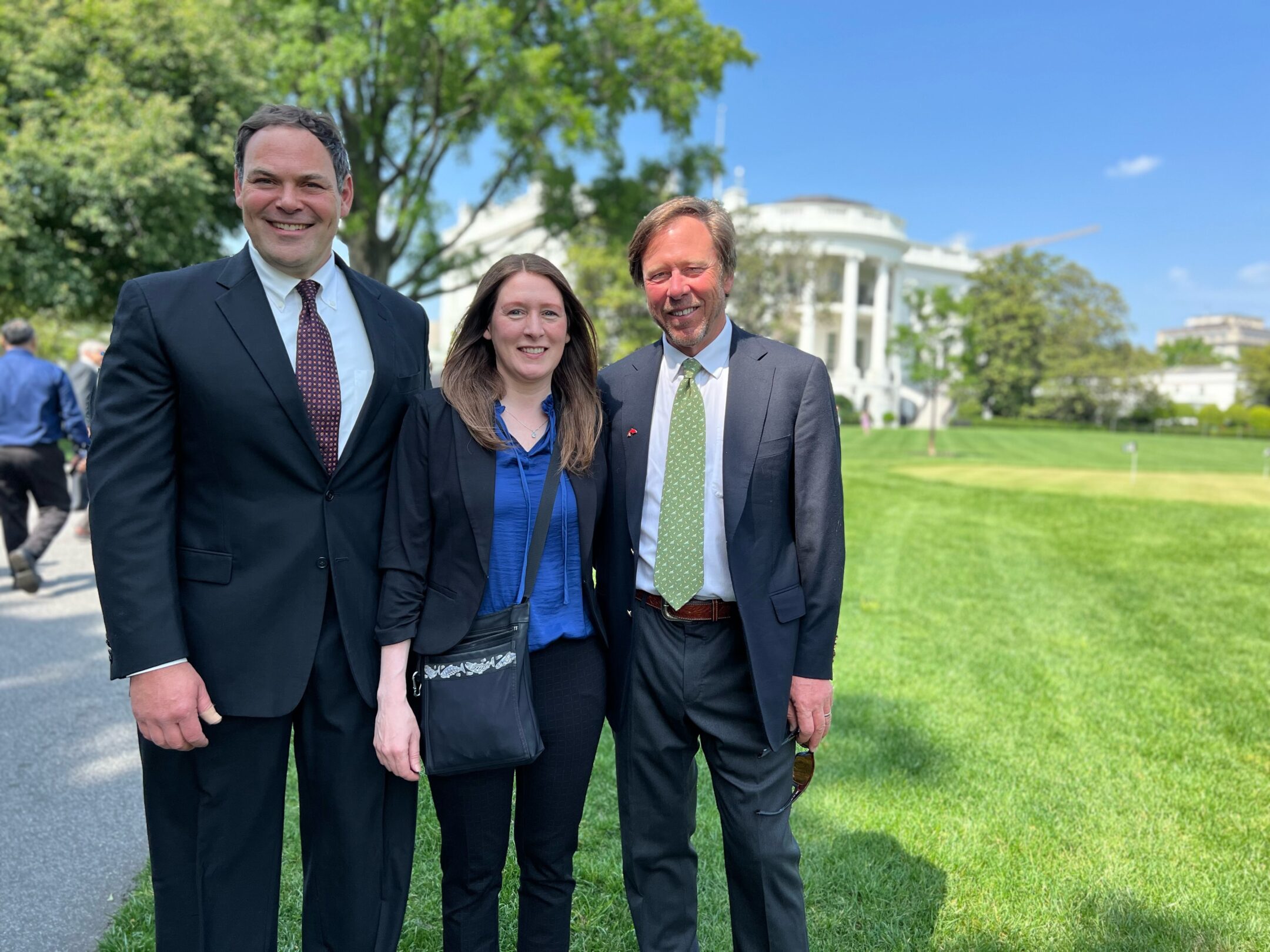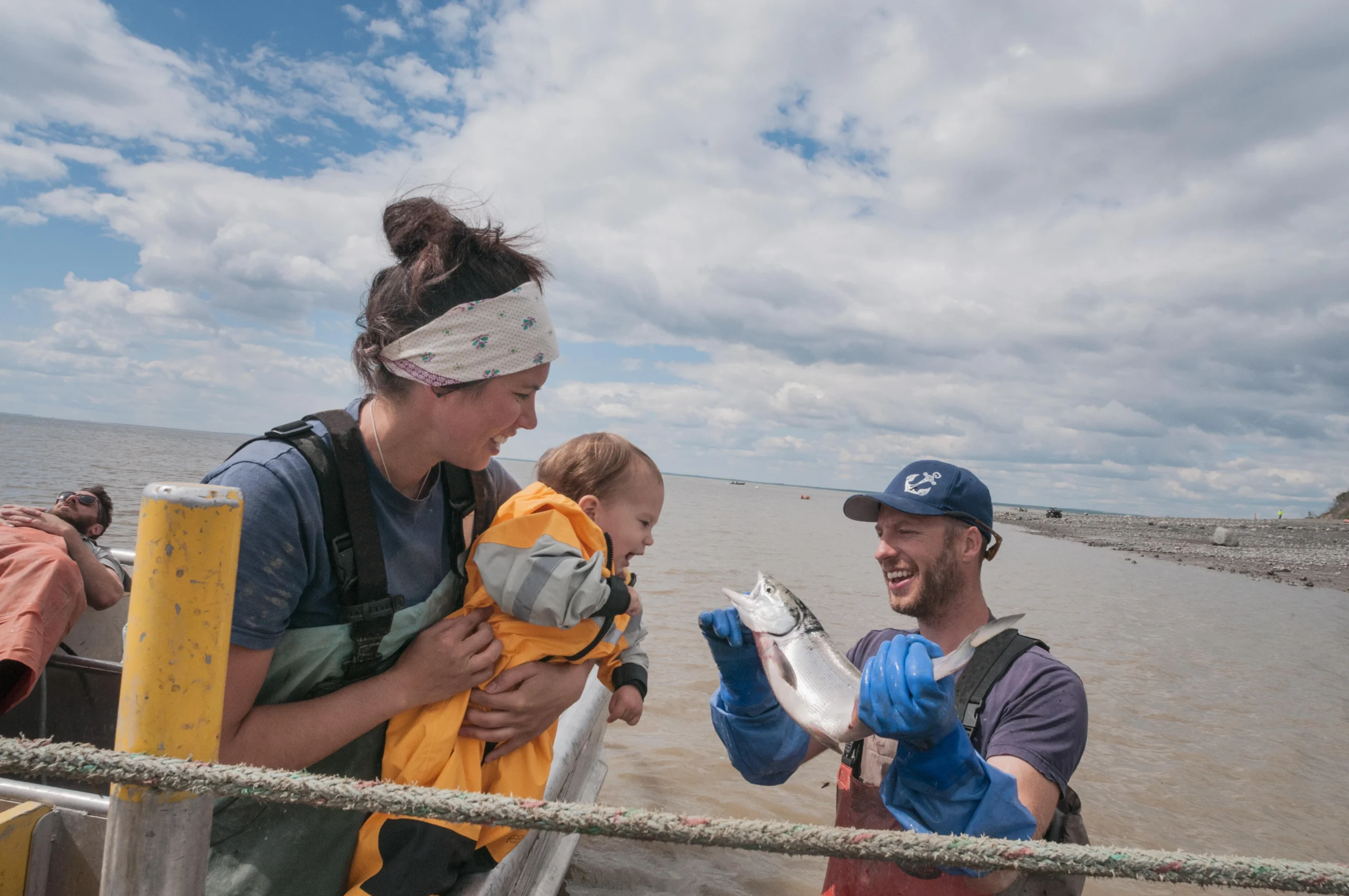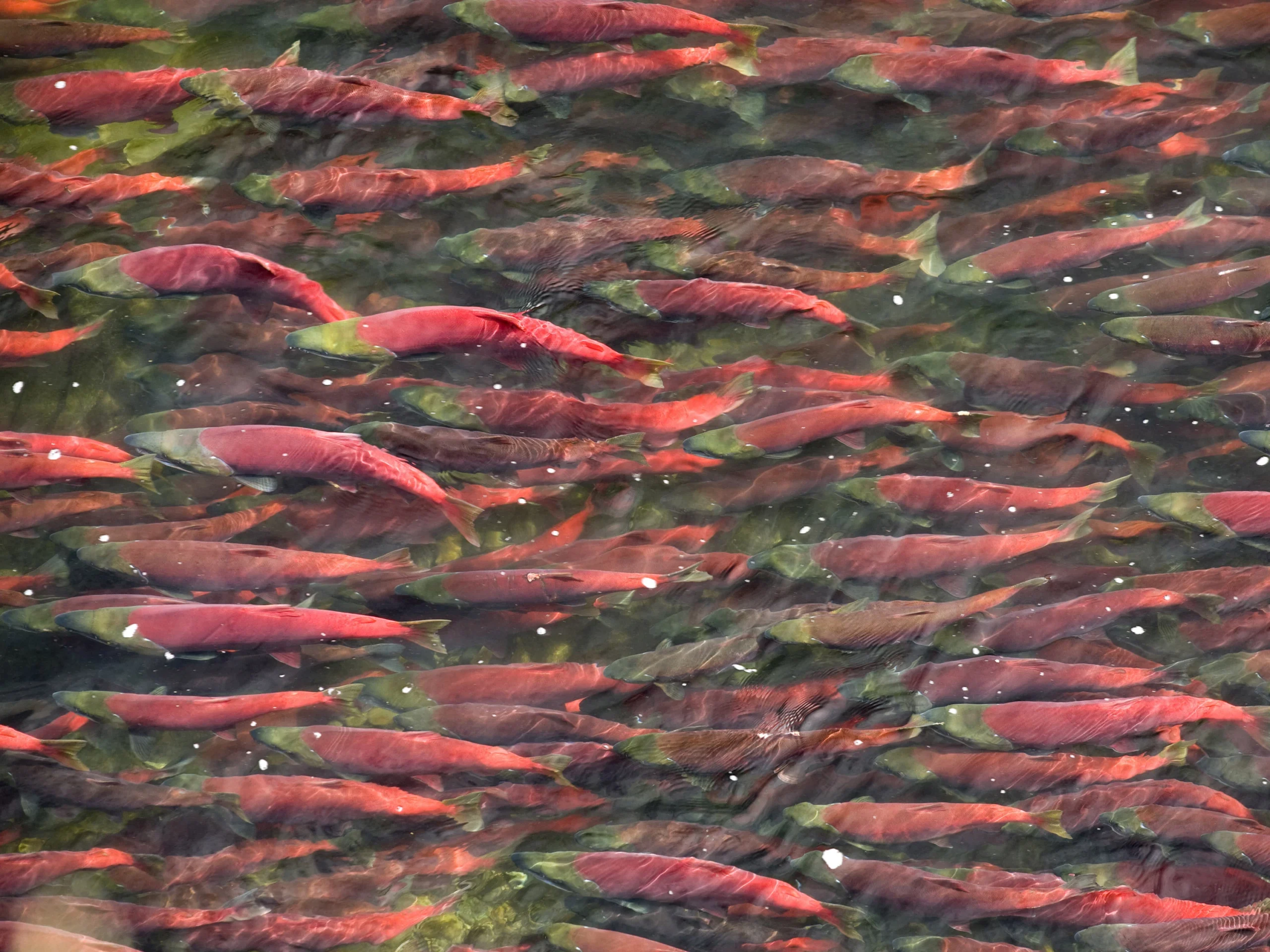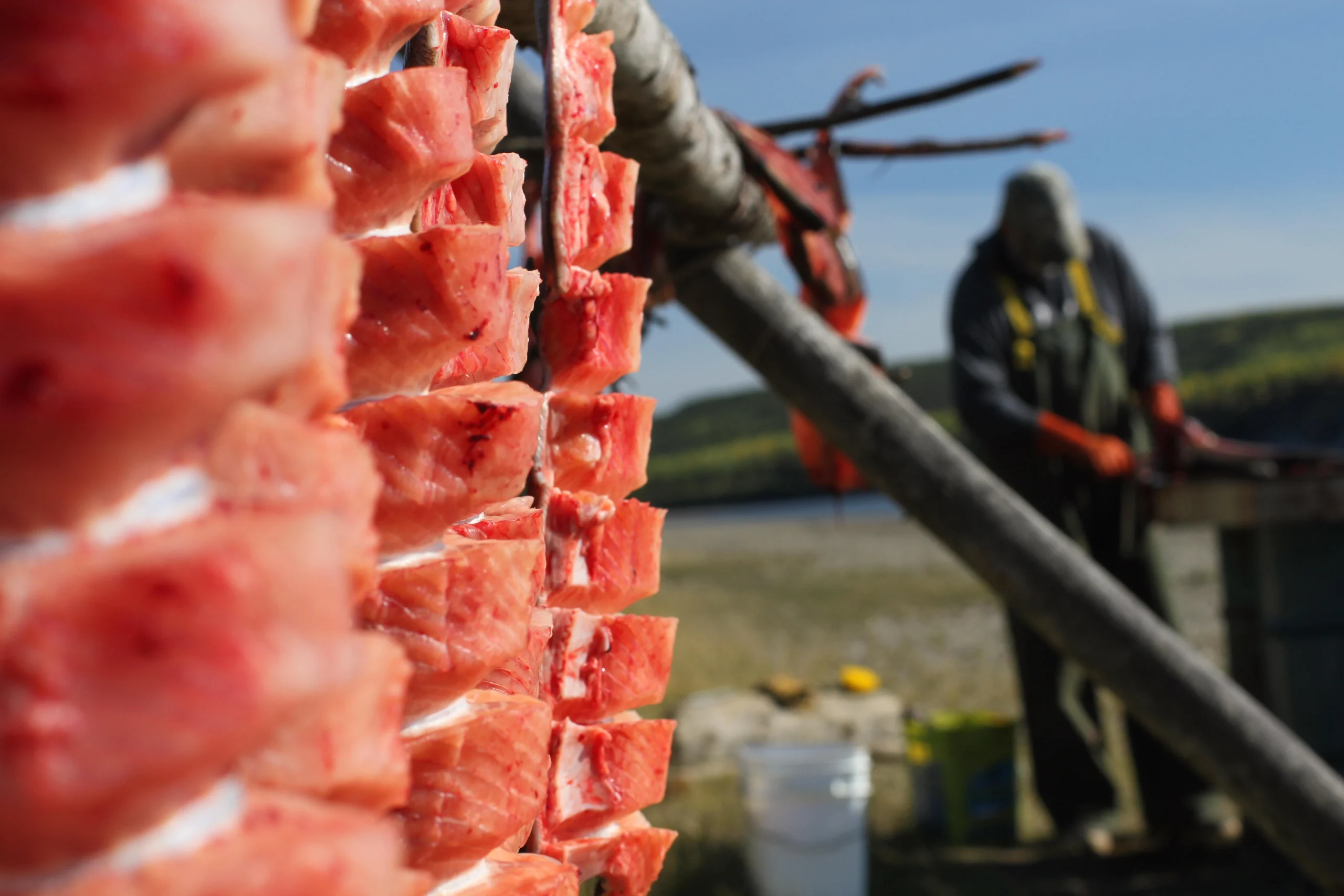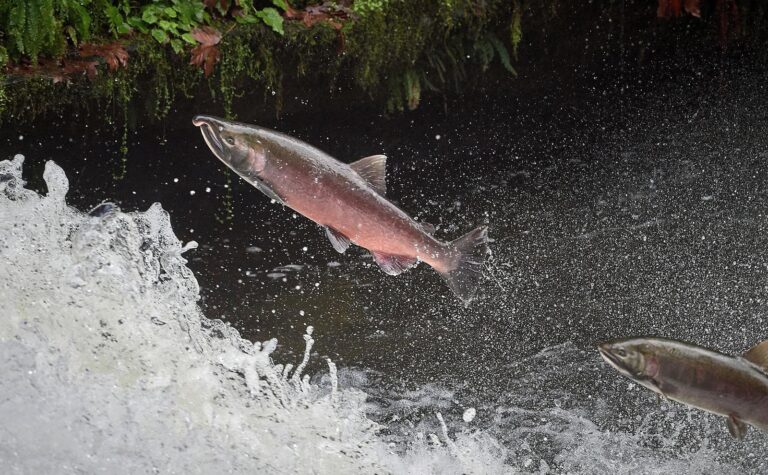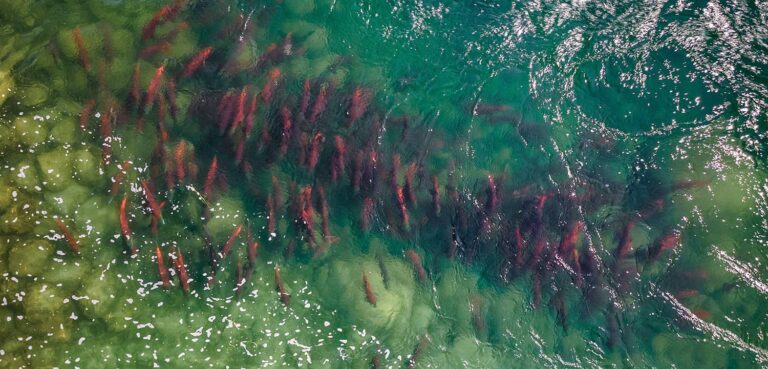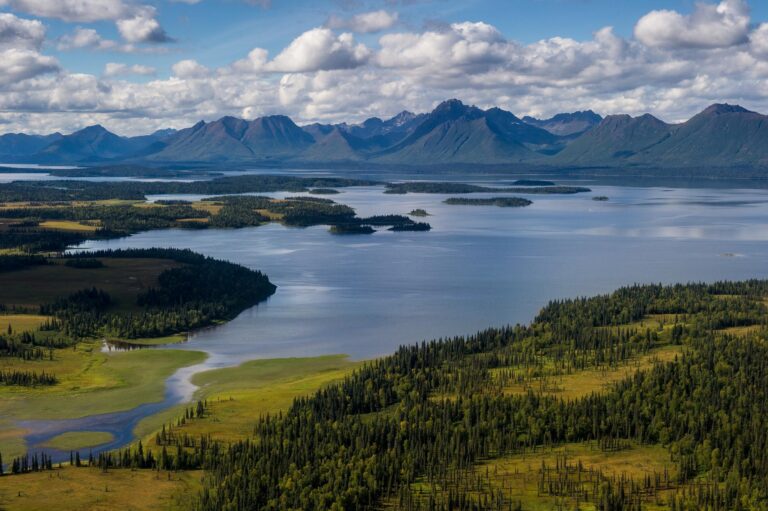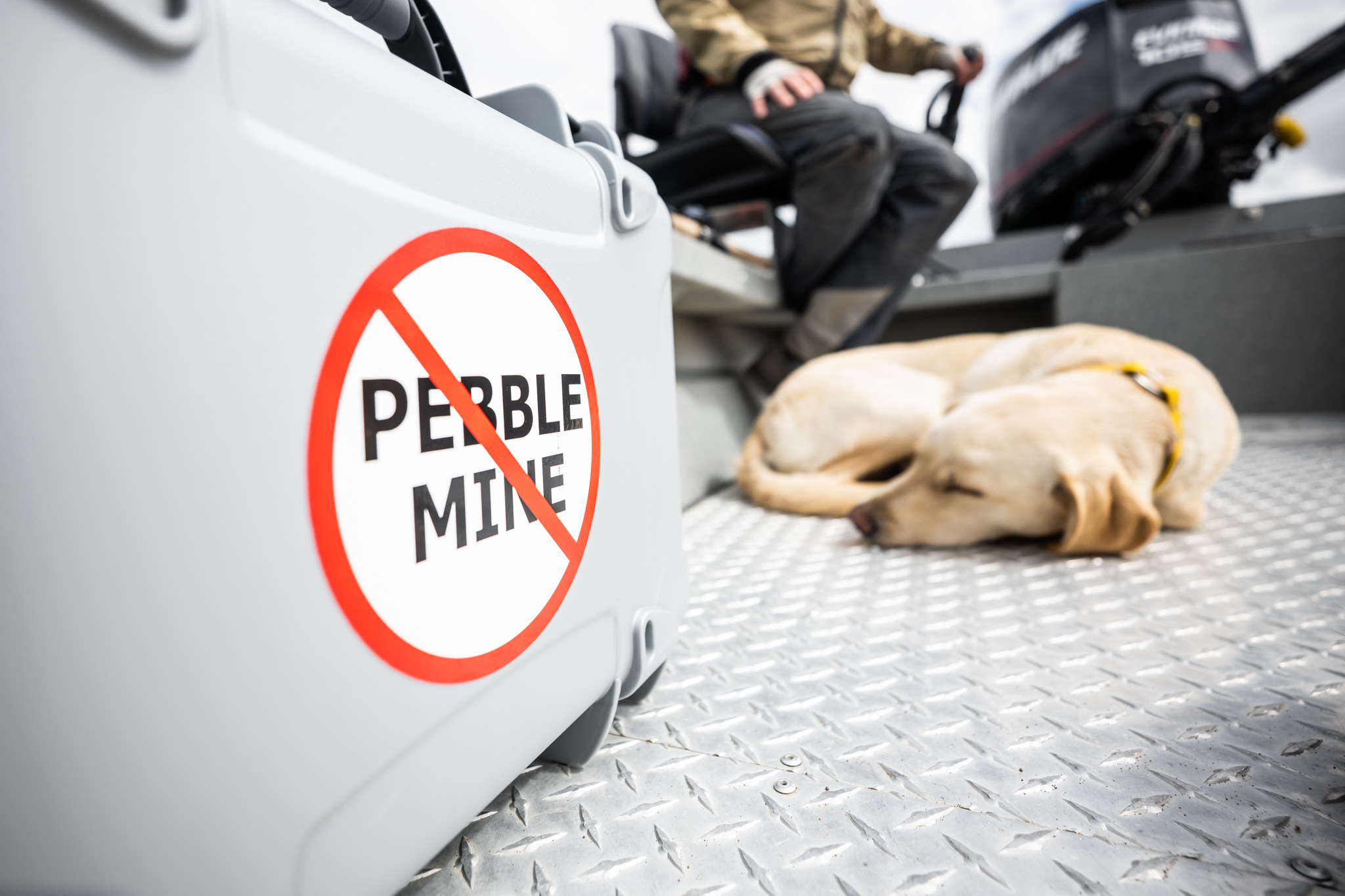Our mission is to protect the world’s salmon strongholds.
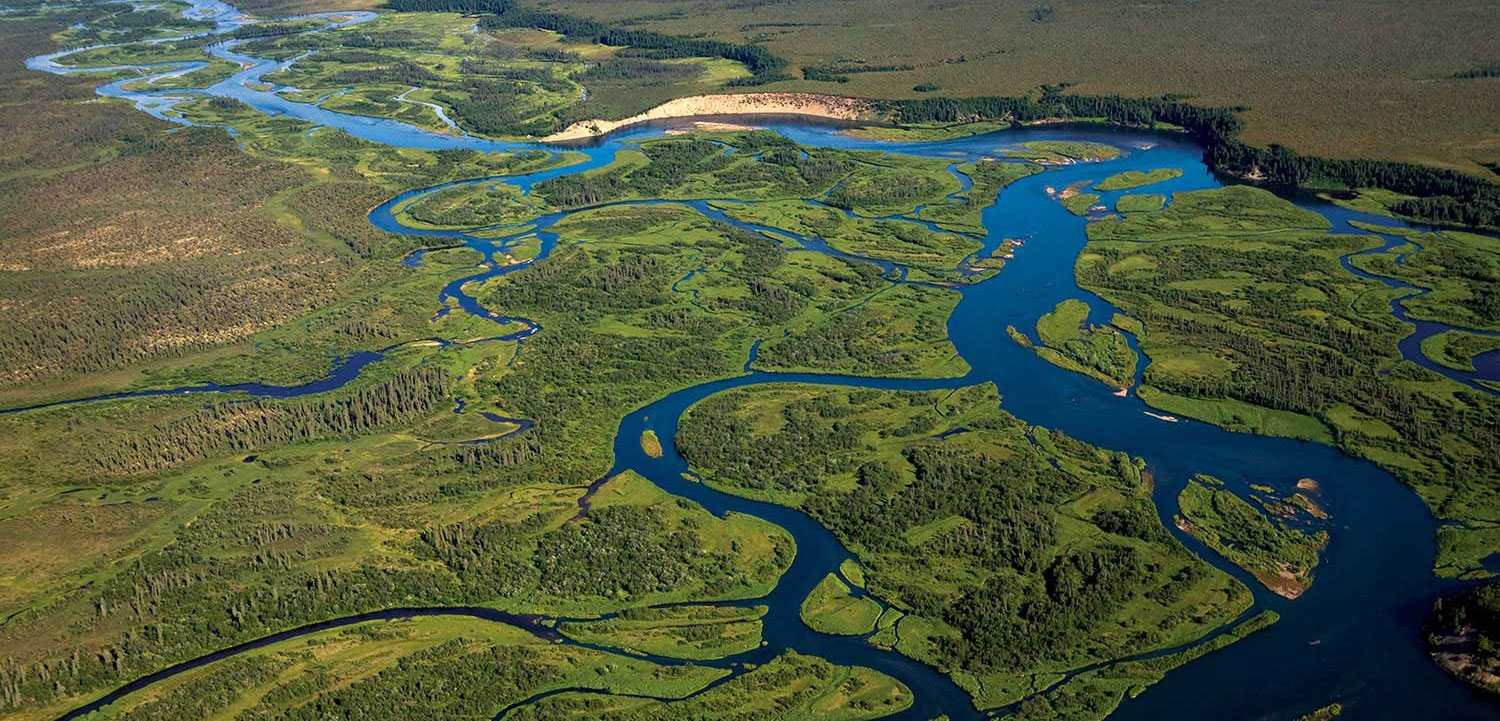
Defending Bristol Bay
Location: Bristol Bay, Alaska
Photo Credit: Ben Knight
Action Needed
Support the Bristol Bay Forever Act
New state legislation aims to save the world’s greatest wild sockeye fishery from the type of mining most harmful to salmon.
Journey to a stronghold standout
Location: Bristol Bay, Alaska
Photo Credit: Jason Ching
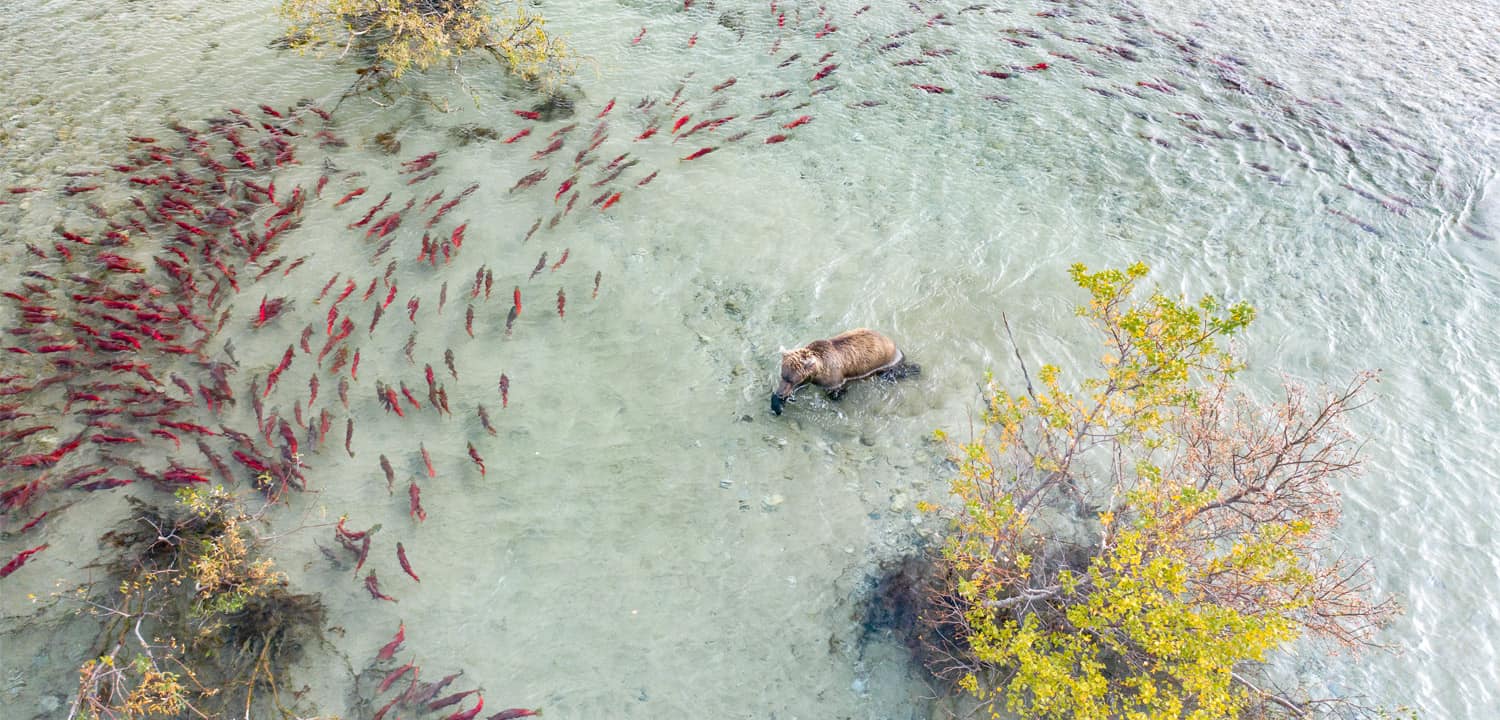
Bristol Bay is Forever
Bristol Bay's Biggest Threat
Hardrock mining is the single greatest threat to the planet’s most productive wild sockeye salmon fishery. Yet for decades, mining interests have ramped up pressure to exploit Bristol Bay’s mineral deposits.
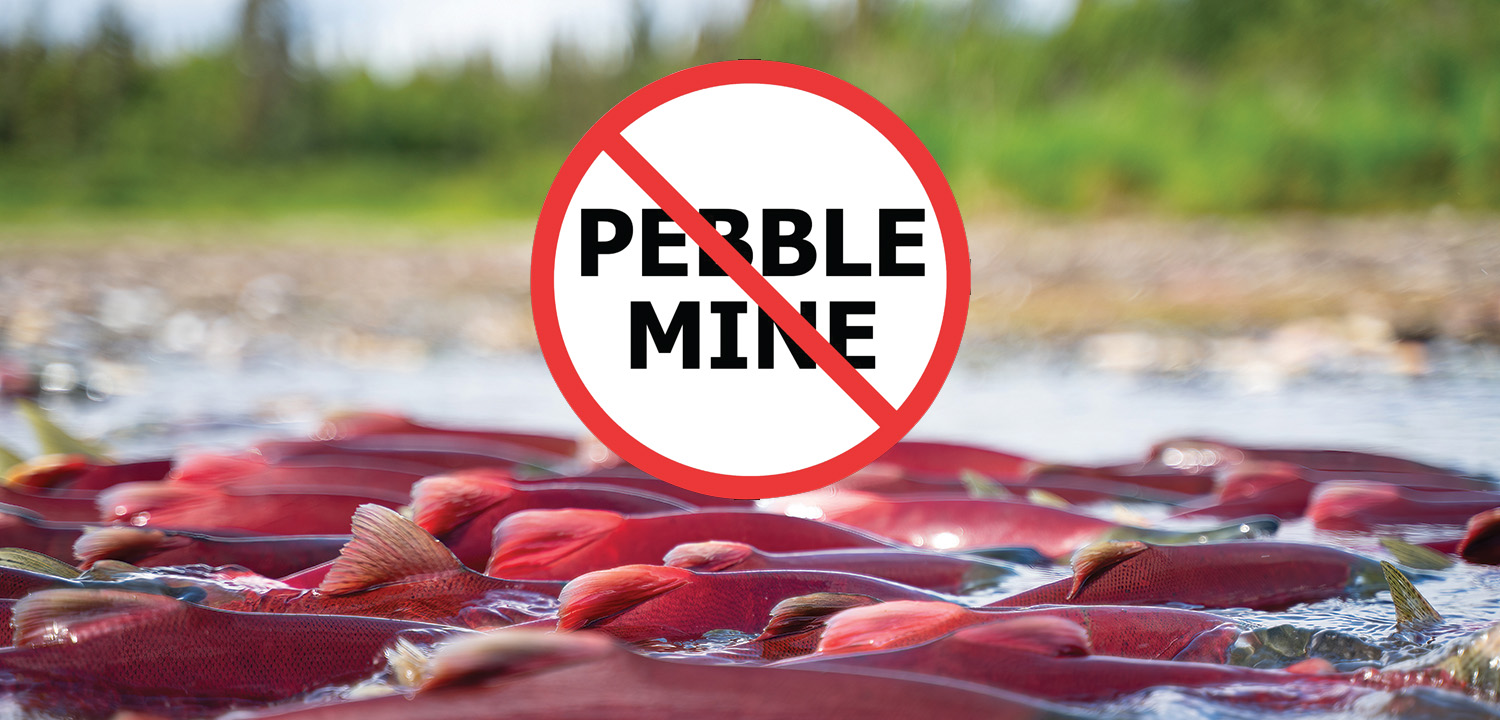

What We’re Doing Daily
To defend Bristol Bay, we work in three key areas.

The Impact at Home
Protecting Bristol Bay benefits salmon and entire communities.

Bristol Bay Project Timeline
For more than 30 years, Wild Salmon Center has built a conservation strategy driven by grit, science, and trust.
What's Next
Permanent, layered protections for the world's most productive salmon fishery.
We’re working with Alaskans to pass the Bristol Bay Forever Act to stop Pebble Mine and mines like it within the Bristol Bay fishery, while supporting the Trump Administration in defending federal protections.
Alaska Legislature introduces the Bristol Bay Forever Act
State lawmakers introduced the Bristol Bay Forever Act. This bill aims to safeguard the entire, 36,000-square-mile Bristol Bay Fisheries Reserve from all large-scale metallic sulfide mining: the type of mining most harmful to salmon.
Trump admin will defend decisions stopping Pebble
Past decisions the defend Bristol Bay are being challenged in federal court by Pebble backer Northern Dynasty Minerals. Wild Salmon Center and our partners in the Bristol Bay Defense Fund will fight alongside the full force of the U.S. government to ensure that mining threats never again put this irreplaceable salmon stronghold at risk.
EPA final determination to stop the Pebble Mine
In January 2023, in its final determination, EPA announced protections that will safeguard 200,000 acres at the headwaters of Alaska’s Nushagak and Kvichak Rivers.
Widespread support
EPA releases a proposed determination for protecting Bristol Bay; the agency receives 500,000 public comments in favor of protection.
EPA restarts protections
EPA announces it will restart the process to protect Bristol Bay under the Clean Water Act.
Army Corps pauses project
Following the science, the Trump Administration’s Army Corps of Engineers denies Pebble a key permit for construction.
Leaked “Pebble Tapes” also revealed mine executives’ lies about the true size of the mine concept.
New coalition
Wild Salmon Center and partners launch the Bristol Bay Defense Fund, securing new funding and building salmon champions across the political spectrum.
Reversal
Pebble persuades the EPA to halt the Clean Water Act protections process; Pebble seeks federal permits for construction under an expedited schedule.
EPA ruling blocked
EPA moves Clean Water Act protections forward, following supportive comments from 1 million Americans. But Pebble successfully sues to block further EPA action.
Political allies
Wild Salmon Center, Senator Maria Cantwell, and fishing families from across the
Northwest rally for Clean Water Act protections for Bristol Bay in Seattle’s Fishermen’s Terminal.
Wild Salmon Center leads science
Wild Salmon Center publishes Bristol Bay’s Wild Salmon Ecosystems and the Pebble Mine, the first technical report to lay out the mine’s risk to the region’s wild salmon fisheries.
Call on EPA to take action
Six Bristol Bay Tribes, along with commercial and recreational fishers, ask the Obama Administration’s Environmental Protection Agency to use its Clean Water Act authority to protect Bristol Bay.
Mining claims
Canada-based Northern Dynasty (backer of the Pebble Limited Partnership) announces plans for a vast gold, copper, and molybdenum mine in Alaska, at the headwaters of Bristol Bay’s Nushagak and Kvichak Rivers.
News From Bristol Bay
Join the Movement
Get the Wild Salmon Center Newsletter
Stay up to date on what we’re doing for wild salmon and how you can help.
